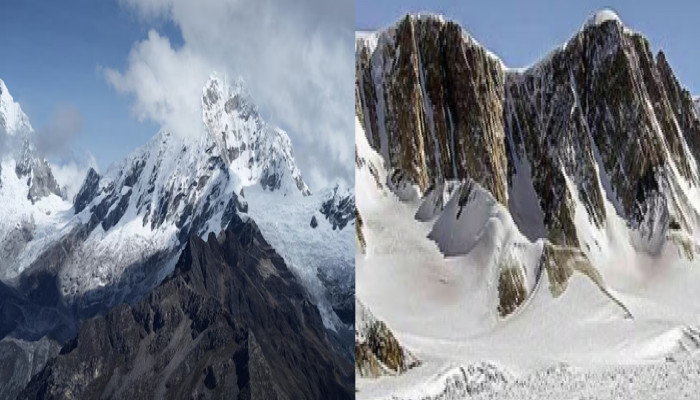Hindu Kush snow hits 23-year low, poses threat to South Asia's water security: Report
- In Reports
- 01:03 PM, Apr 21, 2025
- Myind Staff
In the Hindu Kush Himalaya (HKH) region, snow persistence—the amount of snow that typically remains on the ground between November and March—was 23.6% below average this year, the lowest level in 23 years, according to a new report released on Monday.
The International Centre for Integrated Mountain Development (ICIMOD), an intergovernmental organisation, reported in its 2025 HKH Snow Update that this is the third year in a row with less snow than usual across the region. Normally, snow stays on the ground throughout the winter, but now it's either melting more quickly or not falling as much as expected. This snowmelt is very important because it provides water to rivers, especially during the dry season. A sudden decrease in snow levels across the region could have a big impact on the water supply for almost two billion people in India and nearby countries.
"Carbon emissions have already locked in an irreversible course of recurrent snow anomalies in the HKH," stated Pema Gyamtsho, Director General of ICIMOD. "To tackle this regional snow crisis and the challenges it creates for long-term food, water and energy resilience, we urgently need to embrace a paradigm shift toward science-based, forward-looking policies and foster renewed regional cooperation for transboundary water management and emissions mitigation," he added.
Sher Muhammad, remote sensing specialist at ICIMOD and the lead expert for the report, said, "We are observing such deficit situations occurring in continuous succession. This is an alarming trend. While our findings give a broad picture across the region, each must act based on the specific conditions of their river basins, particularly where seasonal snow melt is the major water source."
On average, snowmelt makes up about 23% of the total water flow in major river basins each year. But this year, snow levels stayed on the ground 23.6% less than usual — the lowest seen in the last 23 years, according to ICIMOD. All 12 major river basins in the region — spread across India, China, Pakistan, Afghanistan, and Southeast Asia — had lower-than-normal snow levels this year. The situation is especially serious in the Mekong and Salween river basins, where snow levels were 51.9% and 48.3% below normal, respectively. In India, the Ganges and Brahmaputra river systems have seen a major drop in snowfall. The Ganges basin had its lowest amount of lasting snow in over 20 years — 24.1% less than usual. This means there will be less snowmelt available in early summer, a time when the need for water for farming and drinking is very high.
Snow cover in the Brahmaputra basin has dropped 27.9% below the normal level, which could seriously affect both electricity generation from hydropower and farming in the region. Similarly, the Indus basin, which provides water to millions of people in India and Pakistan, also saw a continued drop in snow cover. Although the decline in 2025 was slightly less than in 2024, snow levels were still 16% below the usual average.
Experts from ICIMOD have warned that if this trend continues, the region could face more frequent water shortages. This would lead to a heavier dependence on groundwater and increase the chances of drought. They recommend that governments and water authorities act quickly by creating water-saving strategies, improving how they respond to droughts, and using scientific research to manage water resources more wisely.







Comments